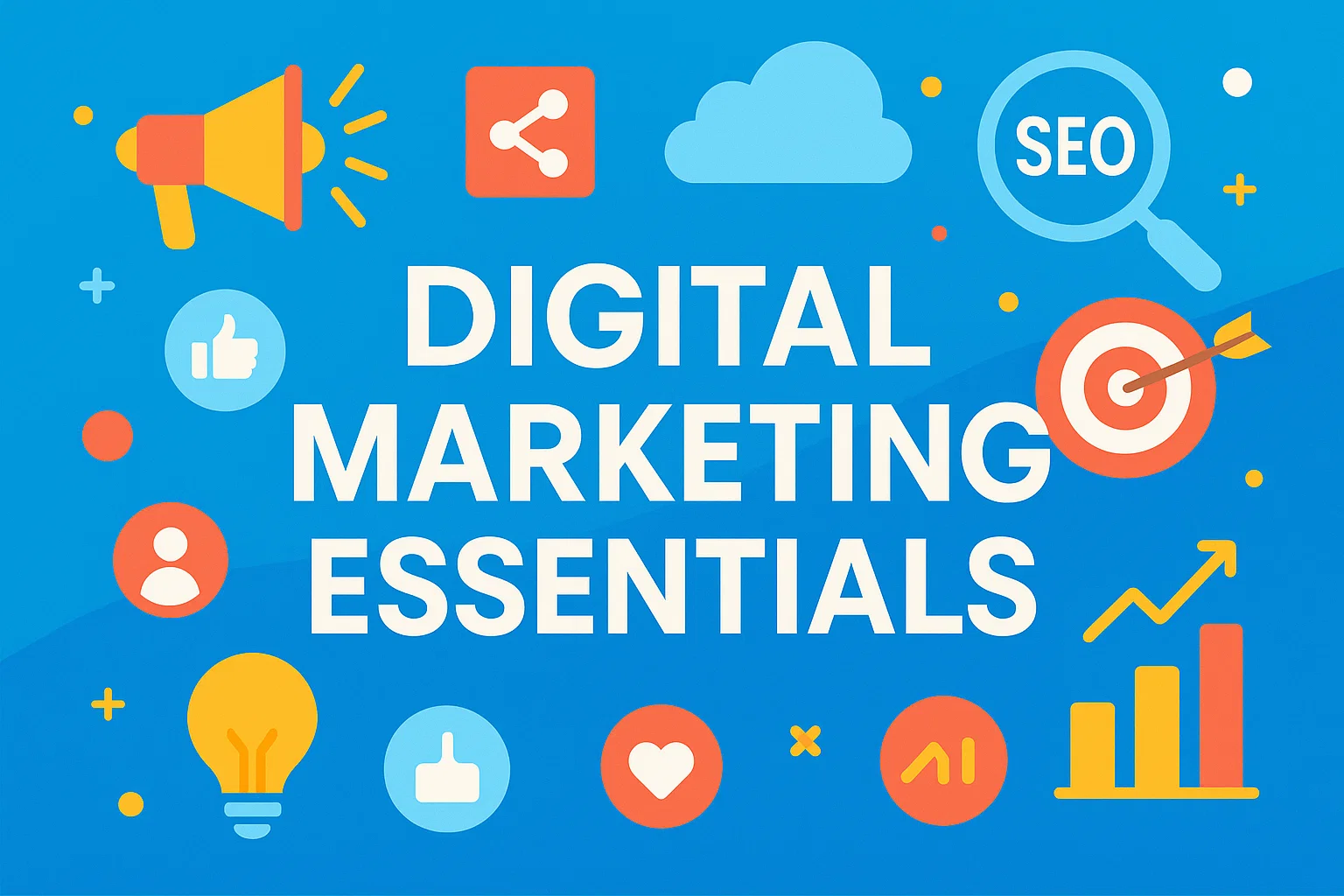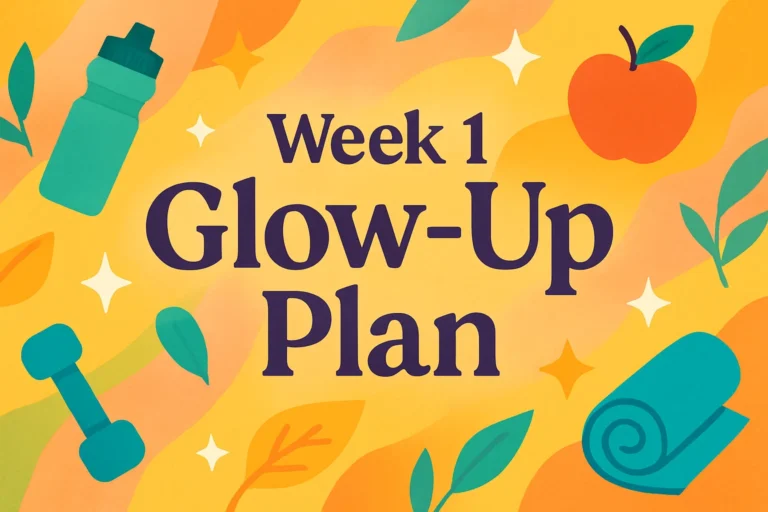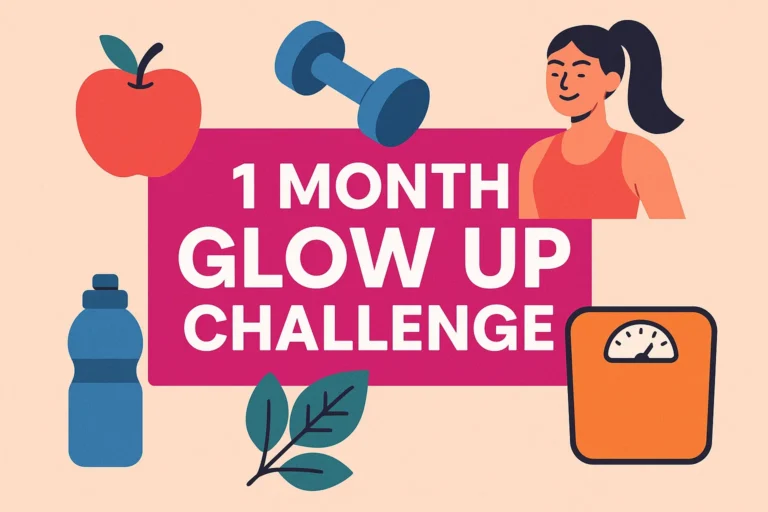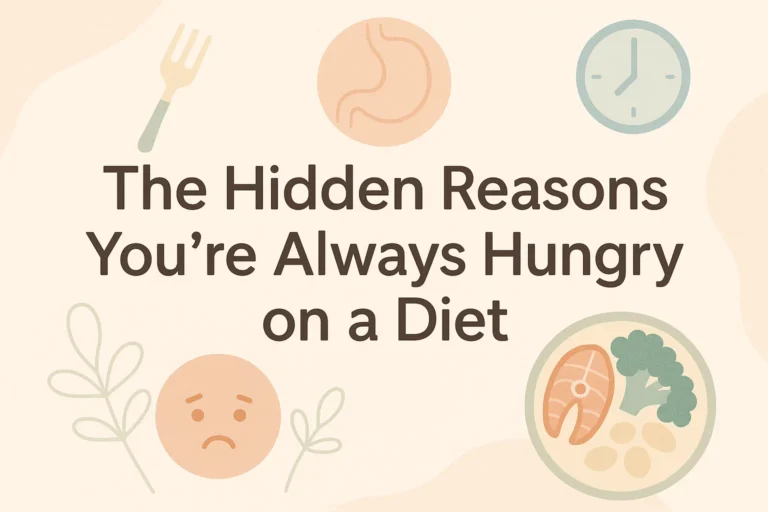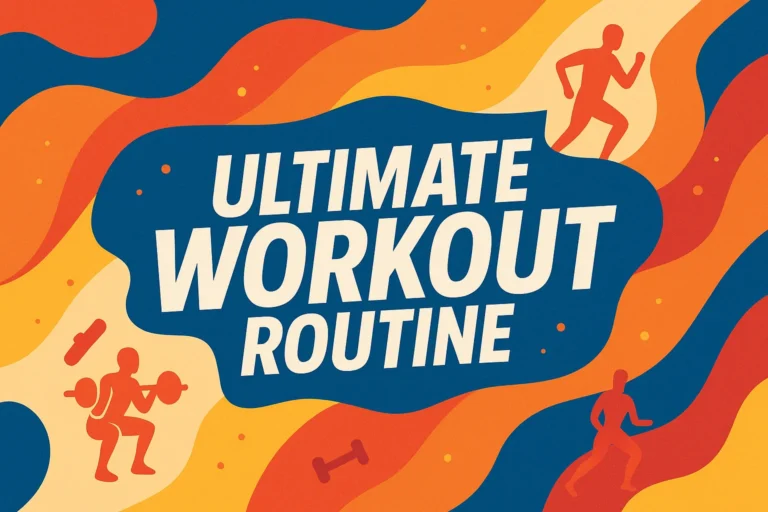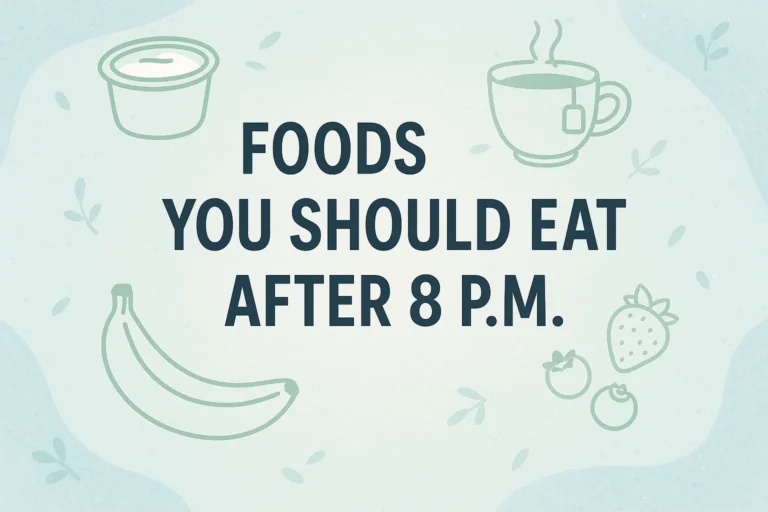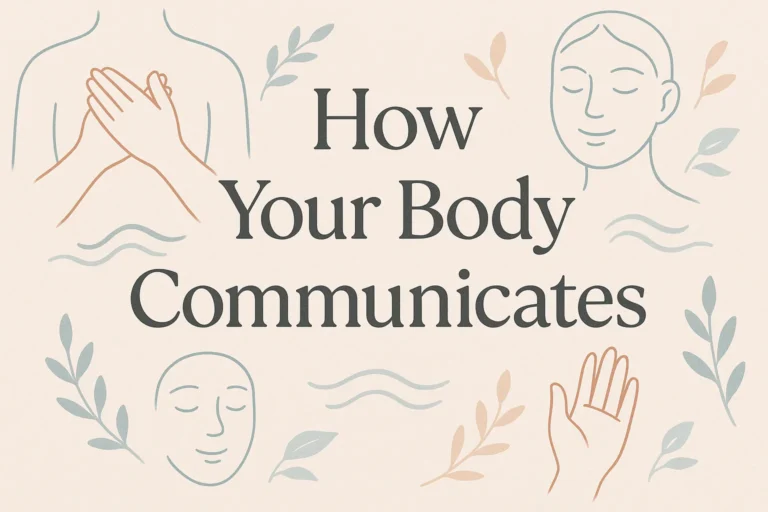Digital Marketing Essentials Types of Marketing Work You Need to Know
Alright, let’s cut through the noise. You’re here because you’ve heard the term “digital marketing” thrown around like confetti at a startup party. Everyone says you need it, but nobody really sits you down and explains what it actually is. It feels like a secret club, right?
Well, consider this your backstage pass. I’ve been in this game for a while now, and I’m not going to bore you with textbook definitions. Instead, let’s have a real chat about the different types of marketing work that make up this crazy, ever-changing world. By the end of this, you’ll not only know the players, but you’ll know which ones you should bet on first. Sound good? Let’s go.
So, What Even is Digital Marketing, Really?
In the simplest terms? It’s just talking to your customers where they already are: online. But instead of shouting into a void (we’ve all seen those cringey brands, haven’t we?), it’s about starting conversations, building relationships, and yeah, eventually, making some sales.
Think of it like this: if traditional marketing is a megaphone in a town square, digital marketing is walking up to someone in a coffee shop, buying them a latte, and having a genuine chat. Which one would you rather have?
The Big One: Content Marketing (It’s Not Just Blogging!)
This is the foundation. IMO, if you ignore content, you’re basically trying to build a house on sand. It’s going to look great until the first wave hits.
Content marketing is all about creating and sharing valuable free stuff to attract and convert prospects into customers. It’s the classic “give before you get” philosophy.
What does this work actually look like?
- Blog Posts & Articles: The workhorse. This is where you answer your audience’s burning questions. “How do I fix [common problem]?” Write about it.
- E-books & Whitepapers: These are your bigger, meatier pieces of content that generate leads. You offer them in exchange for an email address. Boom, your list grows.
- Videos: From snappy TikTok clips to detailed YouTube tutorials, video is king for engagement. Don’t be scared of it. You don’t need a Hollywood budget; your phone is more than enough to start.
- Podcasts: A fantastic way to build intimacy and authority with an audience that prefers to listen.
The key here? Provide value first, and the sales will follow. It’s a long game, but my goodness, it’s a powerful one.
Your Digital Home: Search Engine Optimization (SEO)
Ever wondered why some websites pop up on the first page of Google and others are buried on page 10 (which, let’s be honest, might as well be Narnia)? That’s SEO.
This is the technical and creative work you do to make your site friendly to Google’s algorithms. It’s not about tricking the system; it’s about making your content so darn helpful and easy to find that Google can’t help but recommend you.
The core pillars of SEO work include:
- Keyword Research: Finding out what words and phrases your ideal customers are actually typing into that search bar. This isn’t guesswork; it’s detective work.
- On-Page SEO: Optimizing your individual web pages. This means using your keywords in your titles, headers, and content, but also making sure your page loads quickly and looks good on mobile.
- Off-Page SEO: This is mostly about getting other reputable websites to link back to yours (aka backlinks). It’s like getting a vote of confidence from the cool kids in school.
FYI, SEO isn’t a one-and-done task. It’s a continuous process, but the traffic it brings is 100% worth the effort. It’s free, organic traffic! What’s not to love?
The Social Butterfly: Social Media Marketing
This one seems obvious, but so many people get it wrong. It’s not just about posting pretty pictures. It’s about community.
The work here involves figuring out which platforms your audience calls home (hint: it’s probably not all of them) and then showing up consistently to entertain, educate, and engage.
Types of social media work:
- Community Management: Replying to comments, answering DMs, and joining conversations. This is customer service in public, and it’s a goldmine for building brand loyalty.
- Paid Social Advertising: Boosting posts or running targeted ads on platforms like Meta (Facebook/Instagram), LinkedIn, or TikTok. The targeting options are scarily accurate, allowing you to reach your dream customer with pinpoint precision.
- Influencer Partnerships: Collaborating with people who already have the trust of your target audience. This isn’t just for celebrities; micro-influencers can often drive better results for less money.
Pro tip: Don’t try to be on every platform. Master one or two, then expand. Your sanity will thank you 🙂
The Direct Line: Email Marketing
“Email is dead,” said no successful marketer ever. Seriously, if I had to choose only one channel, email might be it. You own your list. Algorithms change, social platforms die, but your inbox is forever.
The work involves building a list of people who have given you permission to talk to them and then sending them stuff they actually want to read.
This includes:
- Lead Magnets: Creating a fantastic freebie (like a checklist or discount code) to encourage sign-ups.
- Welcome Sequences: Automated emails that kick in when someone joins your list. This is your chance to make a killer first impression.
- Newsletters: Regular updates that deliver value, not just promotions.
- Promotional Campaigns: The emails that actually drive sales, but they should feel like a natural part of the conversation, not a jarring sales pitch.
The ROI on a well-managed email list is insane. It’s your most direct line of communication to your biggest fans.
Paying to Play: Search Engine Marketing (SEM) / Pay-Per-Click (PPC)
This is the other side of the search coin. While SEO is the organic, long-term play, SEM/PPC is paying for prime real estate at the top of the search results. The most common platform? Google Ads.
You only pay when someone clicks your ad, hence the name. It’s instant traffic, but it requires a budget and some serious skill to manage effectively without burning cash.
The work here is highly analytical:
- Campaign Strategy: Deciding what you want to achieve and who you want to target.
- Bid Management: Deciding how much you’re willing to pay for a click in a competitive auction.
- Ad Copywriting: Writing compelling, click-worthy text that stands out.
- Conversion Tracking: Making sure you can see what those clicks are actually doing on your website. Did they buy something? Sign up? This is non-negotiable.
It’s a powerful way to supplement your SEO efforts and target high-intent users immediately.
Seeing is Believing: Affiliate Marketing
Think of this as building your own army of commission-based salespeople. You partner with affiliates (bloggers, influencers, other websites) and give them a unique link to your products. They get a commission for every sale they drive.
The work involves:
- Program Management: Setting up the terms, tracking links, and commission structure.
- Affiliate Recruitment & Relationship Building: Finding great partners and keeping them happy with good communication and promotional materials.
It’s a performance-based model—you only pay for results. It scales beautifully if you get it right.
Wrapping This Up
Phew, that’s a lot, right? But here’s the thing: you don’t need to master all of this at once. In fact, please don’t try. You’ll spread yourself too thin.
Start with one or two that align best with your audience and your strengths. Love writing? Dive into content and SEO. Love being on camera? Social media and video are your playground.
The most essential digital marketing work isn’t any single tactic—it’s the work of listening to your customers, providing them with genuine value, and showing up consistently. Everything else is just a tool to help you do that better.
So, which one are you most excited to try first?

